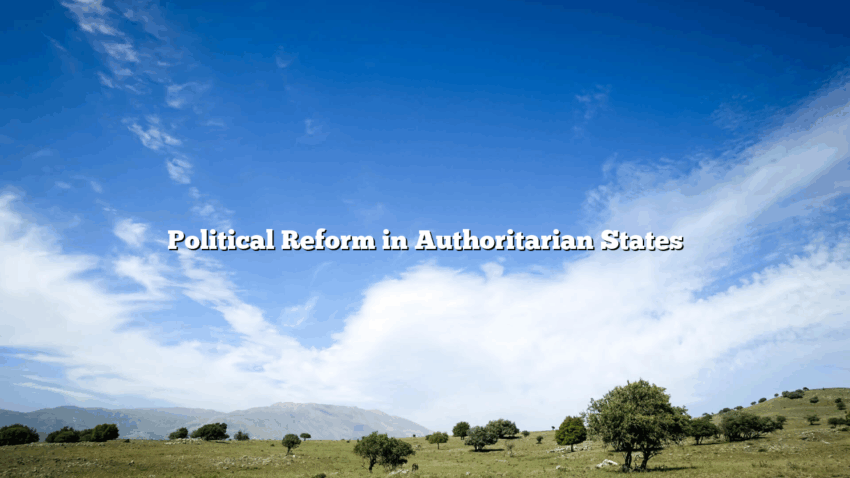Reforming governance in authoritarian states presents unique challenges. Unlike democracies, where reforms often emerge from electoral pressure naga169 or civil society, authoritarian regimes rely on centralized power, making change top-down and tightly controlled.
Reforms can take many forms, including economic liberalization, administrative modernization, or limited political openings. These initiatives may be aimed at increasing efficiency, attracting foreign investment, or improving legitimacy without ceding full political control.
Citizen participation is often limited in these contexts. Grassroots movements may face repression, censorship, or surveillance. Nevertheless, some authoritarian regimes have experimented with consultative processes, local elections, or limited civic engagement to gauge public sentiment and reduce unrest.
The risk of reform is also political. Leaders may fear that too much openness could undermine their authority, while inadequate reform can fuel dissatisfaction and instability. Balancing adaptation with control is a constant tension in authoritarian governance.
In conclusion, political reform in authoritarian states is a delicate process. It requires strategic planning, careful sequencing, and an understanding of both domestic pressures and international expectations. Successful reform strengthens governance without destabilizing authority.
